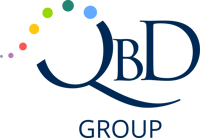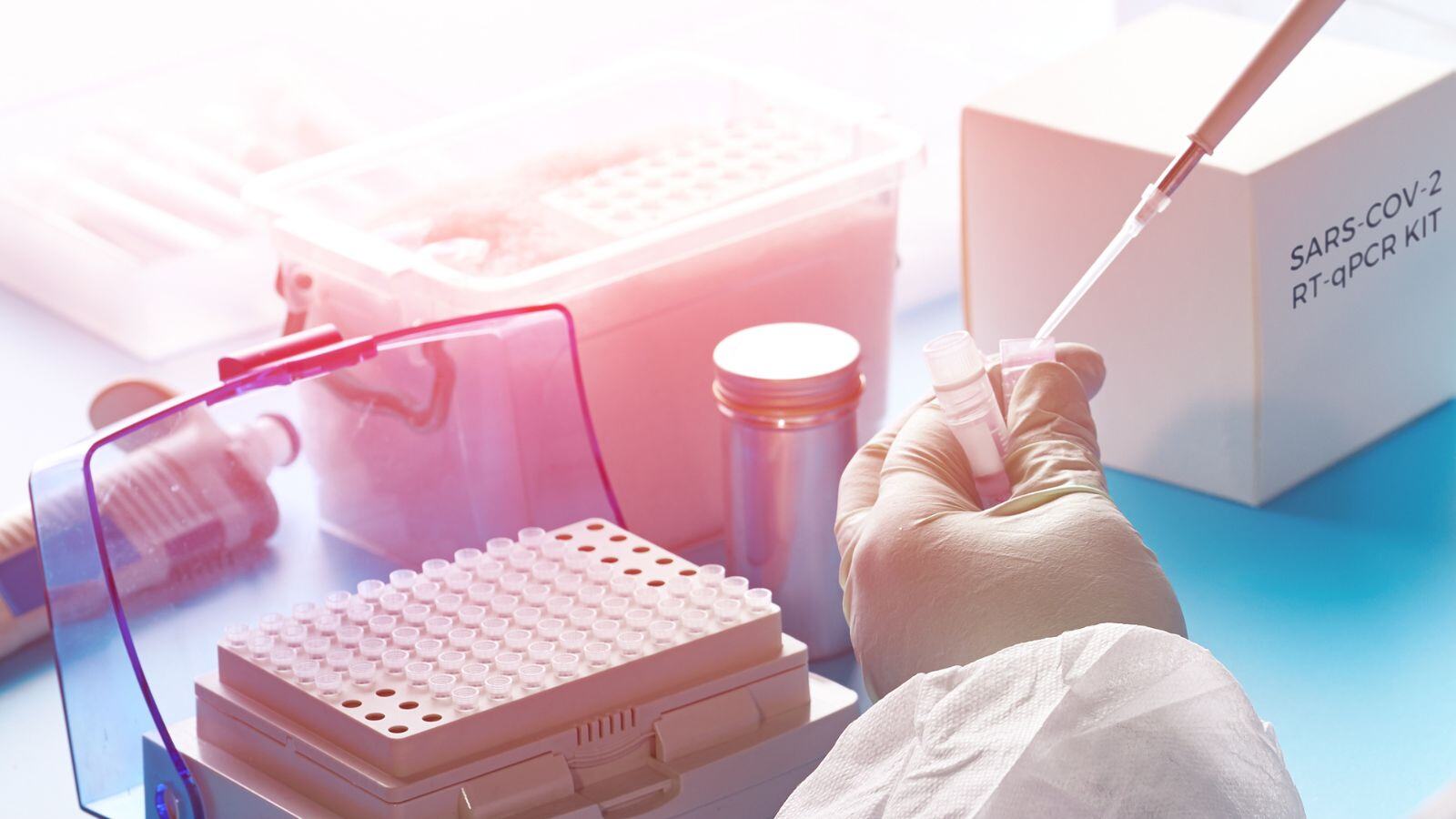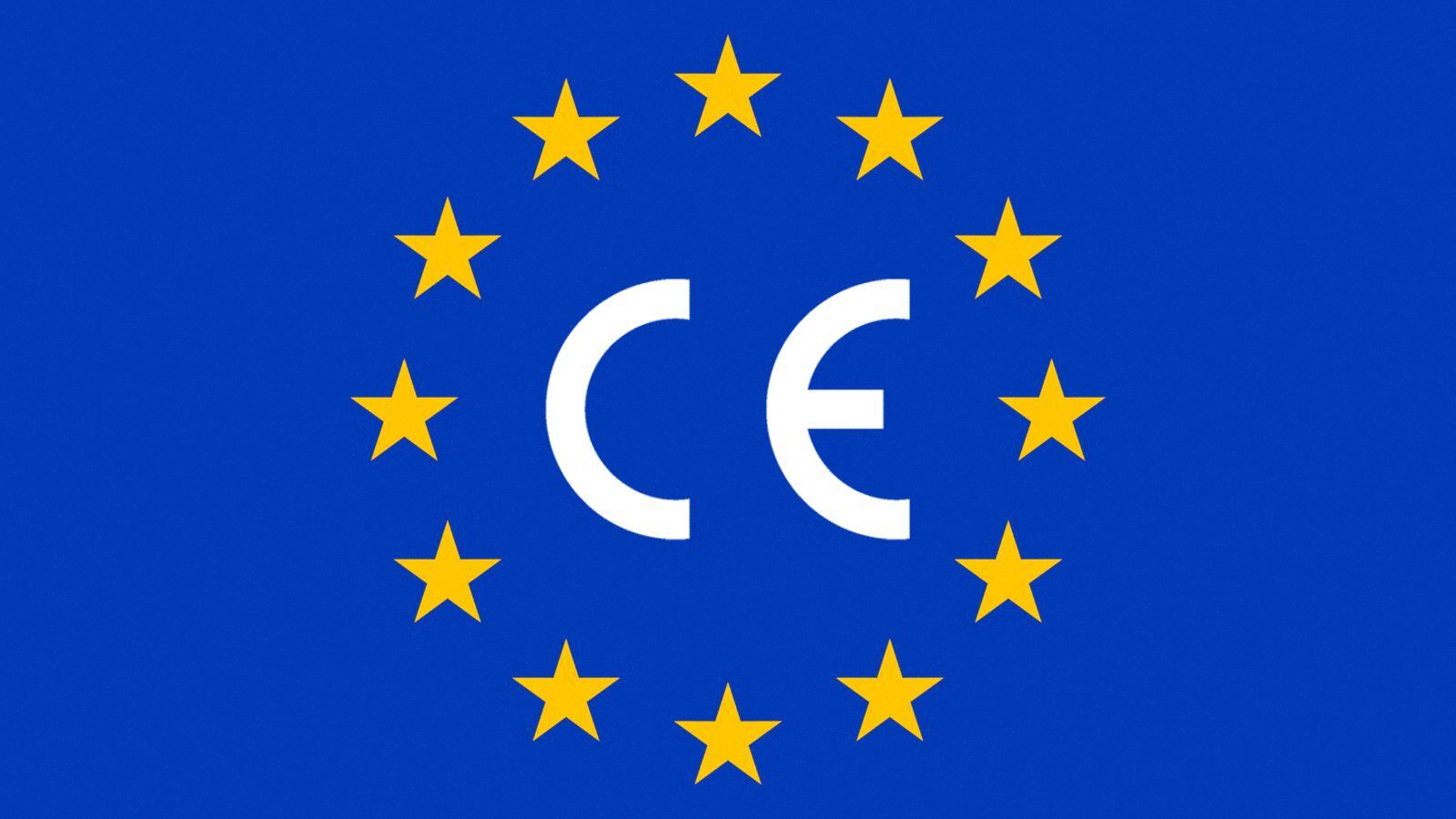Regulatory Affairs plays a crucial role in the pharmaceutical industry, especially during drug development: a lengthy, complex, and extremely costly but necessary process.
Regulatory Affairs experts are involved in all phases of development, and even after drug approval and commercialization. They possess a unique combination of both scientific and management skills to achieve a commercially important goal within a drug development organization.
The Regulatory Affairs department provides strategic and technical advice at the highest level in such companies. In this way, they make a significant contribution, both commercially and scientifically, to the success of a development program and the company as a whole.
Many pharmaceutical companies are looking for external RA team members with specific expertise to ensure that products are developed, manufactured, and controlled at all levels of expected quality, safety, and efficacy. Experienced consultants to ensure all filing and submission goals are met, with high quality and within expected timelines.
Sounds familiar? This post will give you a better understanding of the role of Regulatory Affairs in the pharmaceutical industry at large and the functions that Regulatory Affairs teams can provide in the lifecycle management of your pharmaceutical product.
Be sure to read on!

Figure 1 – When a drug comes to the market, almost 15 years have passed since the start of the R&D phase, usually also the patent application initiation. This shows the long and costly process a new drug is incurring over the R&D – clinical – drug registration phase, where the timely involvement of Regulatory Affairs experts can prevent unnecessary delays in the development and registration process and will contribute to a timely approval and start of commercialization of the medicinal product.
Lifecycle management: keeping your pharmaceutical product alive and kicking
Within the pharmaceutical industry, a strong lifecycle management strategy is important to ensure the successful and lasting commercialization of the pharmaceutical product. Lifecycle management will start early at the beginning of the discovery and R&D phase and will continue after the patent expiry of a product.
The Regulatory Affairs team plays a key role throughout the product lifecycle to demonstrate the quality, control, conformity, safety, and efficacy of the product in the documentation submitted to the competent authorities for review and approval.
The role of Regulatory Affairs in Pharma throughout the lifecycle of a medicinal product
Once the drug discovery phase, during which potentially interesting compounds are tested for their non-clinical characteristics, the clinical phases (early to late phase) are initiated to further test the safety and efficacy of the drug candidate. After successful clinical trials, marketing approval for a medicinal product must be sought through the submission of a marketing authorization.
When the marketing authorization is granted by the competent authorities, commercialization of the medicinal product can begin, but through variation post-approval amendments will continue to be submitted by the regulatory affairs team, to ensure the dossier being approved by regulators is always updated.
In the next section, we will take a closer look at the different phases of the lifecycle of a drug and the role Regulatory Affairs plays throughout the pharmaceutical industry.
R&D – Clinical phase: setting up the right Clinical Development Strategy
Early in the development process, at the research stage, it is critical to get regulatory affairs involved to ensure that an appropriate Clinical Development Strategy is developed with the goal of a carefully planned series of clinical trials, ranging from first-in-human Phase I to Phase II “proof of concept” and crucial Phase III trials for registration purposes.
Clinical trials are expensive and can take many years to complete, and their outcome to demonstrate the drug candidate’s efficacy is inherently uncertain. If a pharmaceutical company delays in completing or discontinuing a clinical trial of its drug candidates, the commercial prospects of the drug candidates will be harmed and the ability to generate revenue from any of these drug candidates will be delayed. The Clinical Trial Application (CTA), the Investigational Medicinal Product Dossier (IMPD), which contains Chemical Manufacturing and Control (CMC) data, is a very important part of the CTA.
The regulatory affairs teams will develop the quality sections of the IMPD (CTD Modules 2.3 and 3) with a phase-appropriate level of detail. Although the EMA provides guidance to the industry on the expected content for an IMPD for chemical-based products, biological products, or ATMPs (Advanced Therapy Medicinal Products), an experienced CMC writer will need to provide the appropriate level of detail in the IMPD for the clinical phase in which the investigational product is currently at.
In the case of complex developments or innovative technologies, Regulatory Affairs experts will seek scientific advice from national competent authorities or EMA through a specific procedure to ensure that the development and future registration of the dossier proceed according to the agreed expectations of the regulators.
For some products for pediatric use, for the treatment of rare diseases (the prevalence of the condition in the EU should not exceed 5 in 10,000) or for products that may be designated as Advanced Therapy Medicinal Products (ATMPs), the regulatory team will ensure that the necessary applications are submitted to the competent authorities for either a pediatric investigation plan, an orphan designation or an ATMP classification.
Marketing Authorization Application
After a successful clinical phase, a company wants to obtain regulatory approval for the medicinal product, but the regulatory approval processes of the competent authorities are lengthy, time-consuming, and inherently unpredictable.
As a consequence, the role of an experienced regulatory affairs team in the approval process will be important to maintain the goal of timely commercialization of the product.
Knowing that a medicinal product may be marketed in the EU only when a Marketing Authorization has been issued by:
- the European Commission via Centralized Procedure (CP) or
- the competent authority of members states via National Procedure (NP), Mutual Recognition Procedure (MRP) or Decentralized Procedure (DCP)
When applying for the Marketing Authorization application, pharmaceutical companies have to decide on the submission strategy of the marketing authorization dossier.
The applicant must carefully consider all logistical and regulatory issues prior to submission. A key source for input and implementation throughout the decision-making process will be the regulatory affairs team, which will need to estimate
- the approval time based on the existing registration routes,
- the specific registration dossier requirements for each country,
- the mandatory registration route for certain products (Annex Medical Products to be Authorized by the Community),
- and the costs incurred in reimbursing the authorities for dossier evaluation and marketing authorization in the countries of interest.

Figure 2 – EU Procedures for a marketing authorization application
For the registration dossier, the CMC experts, the (non-)clinical experts together with the regulatory affairs offices ensure the compilation of a compliant CTD dossier which is submitted through the Common European Submission Portal (CESP) on behalf of the pharmaceutical company in eCTD in any of the EU countries through the most appropriate registration procedure.

Figure 3 – The Common Technical Document (CTD) is an internationally agreed upon format required by regulatory authorities for well-structured dossier applications for the registrations of medicinal products. The eCTD contains an electronic table of contents also referred to as a backbone that manages all the metadata for an application. This backbone is broken down into five modules. With the support of eCTD software, the regulatory affairs team ensures that the documents are placed appropriately into modules, which are graphically presented as the CTD Triangle.
Commercialization
After the competent authority grants marketing authorization, the product can be commercialized by the pharmaceutical company.
The work of the regulatory team, however, is not slowing down. Post-approval changes will trigger the need for additional regulatory affairs work, some examples are provided in the next section:
Variations to keep the marketing authorization up to date
Variations are all the changes made in the dossier of an authorized product after its initial registration. They may concern administrative changes, Quality changes, Safety/Efficacy changes, or Vigilance changes.
The regulators foresee four types of variations: type IA, type IB, type II, and extensions of marketing authorizations (line extensions). Type IA variations are minor changes having only a minimal impact, or no impact at all, on the quality, safety, and/or efficacy of the medicinal product concerned.
Regulatory updates triggered by referrals
Due to continuous improvements at the manufacturing plant and changes in the pharmaceutical product supply chain, changes must be made to the approved registration dossier through the compilation and submission of variation packages.
One of the biggest challenges for the pharmaceutical industry in the past 3 years has been the risk assessment of nitrosamines for all marketing authorizations granted following an article 5 referral by EMA/CHMP.
Based on the decisions referred to in Article 5, each marketing authorization had to be subject to an assessment of the risk of nitrosamines being formed and present in the medicinal product. Each marketing authorization required reporting to the competent authorities with an action plan to remove the nitrosamines if found in the final product.
With more than 150,000 marketing authorizations in the EU listed in the EMA’s Article 57 database, the risk assessment process and subsequent reporting of the results placed a huge burden on all regulatory affairs teams, especially those with larger portfolios.
With the support of external RA service providers, who provide the relevant expertise for risk assessment and reporting activities, most pharmaceutical companies were able to meet the reporting deadline of March 31, 2021, for chemical-based medicines and July 1, 2021, for biological medicines. A great example of the key role of Regulatory Affairs in the pharmaceutical industry.
Companies that need to make changes in the manufacturing process to reduce or prevent the number of nitrosamines in the finished product must make the appropriate changes in the registration dossier.
In this case, the quality sections in Module 3 may need to be updated and the changes submitted to the competent authorities by September 26, 2022, for chemical medicines and by July 1, 2023, for biological drugs. Meeting these deadlines will continue to put pressure and workload on pharmaceutical companies’ regulatory affairs teams in the coming months.
New filings of existing dossiers
For already granted and approved dossiers in certain countries, new markets of interest may be identified by the pharmaceutical company, additional strengths may be added at a later stage, or new indications after successful additional clinical trials may lead to the submission of new marketing authorization applications by the regulatory affairs team.
Product classification switch
In some cases, after the product has been marketed without safety and efficacy concerns, a switch from a prescription drug (Rx) to an over-the-counter drug (OTC) may be possible. This reclassification of the product requires an understanding of the regulations and an application to the competent authorities to change the classification for the supply of a medicinal product.
Renewal or withdrawal of marketing authorization
When a product has been on the market for 5 years, a renewal must be prepared and submitted to the competent authorities.
At some point, the pharmaceutical company may decide to stop commercializing a particular product. At that point, the regulatory teams must submit an application to officially withdraw the product from the market.
Conclusion: involve RA in your drug development
Regulatory Strategies
Regulatory Filings and interactions with competent authorities
CMC Regulatory Affairs
Our CMC writers have in-depth experience and the broad regulatory CMC knowledge needed to apply a phase-appropriate level of detail in quality sections and correctly resolve CMC challenges and propose regulatory sound solutions.















%20Checklist.jpg)








.jpg)




.jpg)
.jpg)

.jpg)


.jpg)
.jpg)
.png)